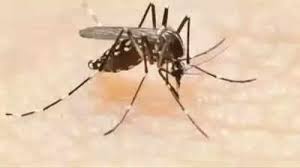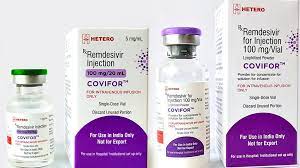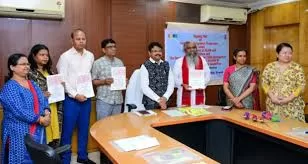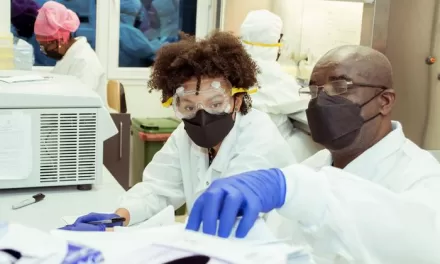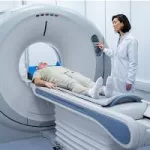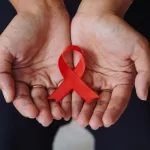In the quest to combat arboviral diseases—viruses transmitted by arthropods like mosquitoes—a seemingly unlikely source of insight is emerging: mosquito saliva. Despite the challenges of collecting these tiny samples, researchers are uncovering how mosquito saliva could hold the key to developing new therapies for these serious illnesses.
Dr. Anita Saraf, Director of the Mass Spectrometry & Analytical Proteomics Laboratory at the University of Kansas, is at the forefront of this groundbreaking research. Her lab employs advanced techniques, such as shotgun proteomics, to analyze biological samples with minimal volumes, making it possible to study the elusive mosquito saliva.
“Collecting saliva from mosquitoes is indeed challenging due to its minute quantity,” Saraf explained. “However, it’s crucial because mosquitoes transmit diseases through their saliva. Our approach involves placing the mosquito’s mouth into a tube, stimulating salivation, and then collecting the saliva.”
With a recent $250,000 annual grant from the U.S. Department of Agriculture’s National Bio and Agro-Defense Facility, Saraf’s team is studying noninfectious mosquito saliva to better understand arboviral infections. These include notorious viruses like West Nile, yellow fever, dengue fever, and Japanese encephalitis, which pose threats to humans, animals, and plants alike.
The USDA’s interest in this research extends to veterinary applications, but the potential for human health benefits is substantial. Saraf’s work focuses on how arboviruses alter the proteins in mosquito saliva, similar to the way malaria affects its human host.
Using state-of-the-art techniques such as nanoscale liquid chromatography coupled with tandem mass spectrometry (nLC-MS), Saraf’s lab can analyze saliva samples with incredibly high sensitivity. This method requires only nanogram quantities of protein, making it ideal for the small amounts obtained from mosquito saliva.
“Our advanced equipment allows us to handle and analyze these tiny samples effectively,” Saraf said. “The sensitivity of our setup is crucial, as it enables us to gather detailed data despite the small sample sizes.”
The research involves comparing saliva from virus-infected mosquitoes with that from a control group of uninfected mosquitoes, all kept under similar conditions. This comparison aims to identify specific proteins that change due to infection, potentially revealing targets for new drug therapies or vaccines.
Saraf’s lab has already established baseline data using uninfected mosquitoes. Future work will include analyzing saliva from mosquitoes infected with Biosafety Level 2 (BSL-2) arboviruses, pending approval of inactivation protocols.
The ultimate goal is to identify proteins that vary between infected and uninfected mosquitoes. These proteins could serve as candidates for vaccine development or other therapeutic interventions. By carefully comparing control and infected samples, Saraf’s team aims to ensure accurate and meaningful results.
“Our approach allows us to create a detailed list of protein changes, which can provide valuable insights for other researchers and drug developers,” Saraf noted. “Our previous findings were well-received by our USDA collaborators and aligned with existing literature, paving the way for selecting promising candidates for further study.”
As research progresses, the findings from Saraf’s lab could play a crucial role in the development of new strategies to combat arboviral diseases, potentially saving countless lives and advancing our understanding of these complex infections.

